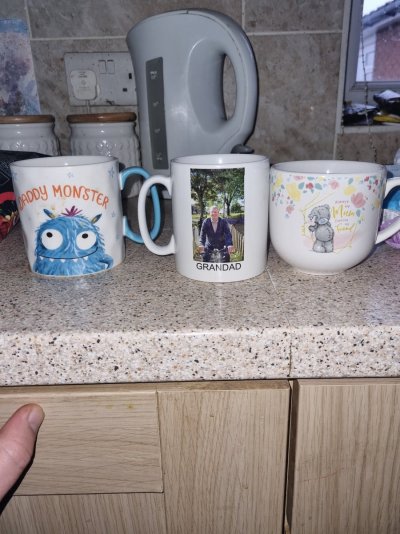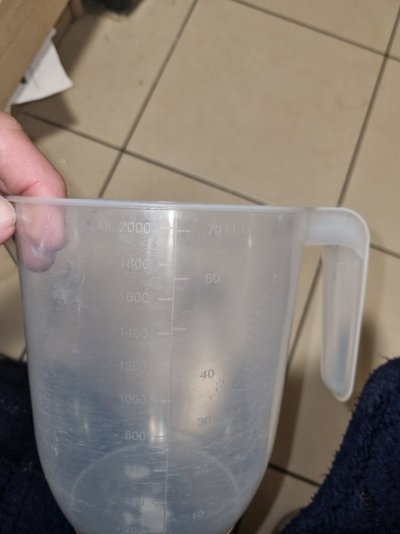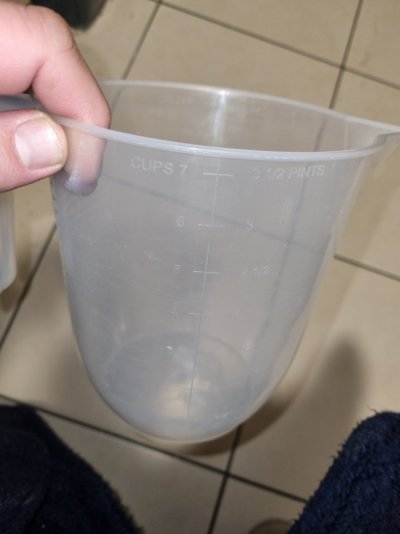also, if you plan on anything other than fowlr....learn how to do diy 2 part w mag.
I've done this since the 80s and used a lot of salts. I have better luck with bringing lower mineral salts up to par with my aquarium vs using higher mineral salts. IMO those usually are higher in something I don't want that can cause a bloom after repeated use.
I work up the lowest salt (cheaper that way too).
I've done this since the 80s and used a lot of salts. I have better luck with bringing lower mineral salts up to par with my aquarium vs using higher mineral salts. IMO those usually are higher in something I don't want that can cause a bloom after repeated use.
I work up the lowest salt (cheaper that way too).




















